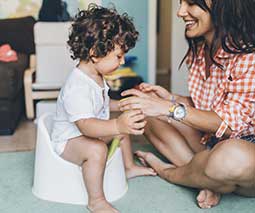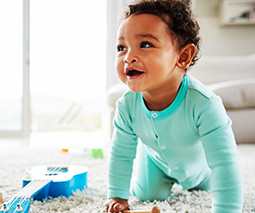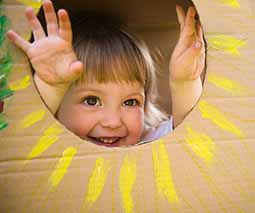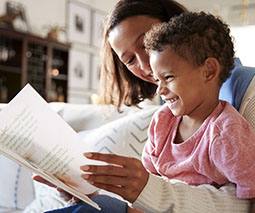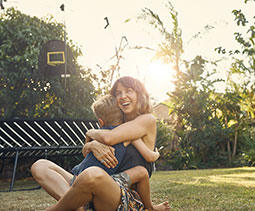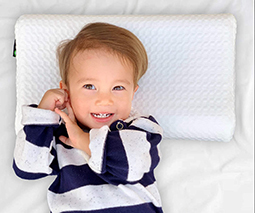How to toilet train a toddler in winter
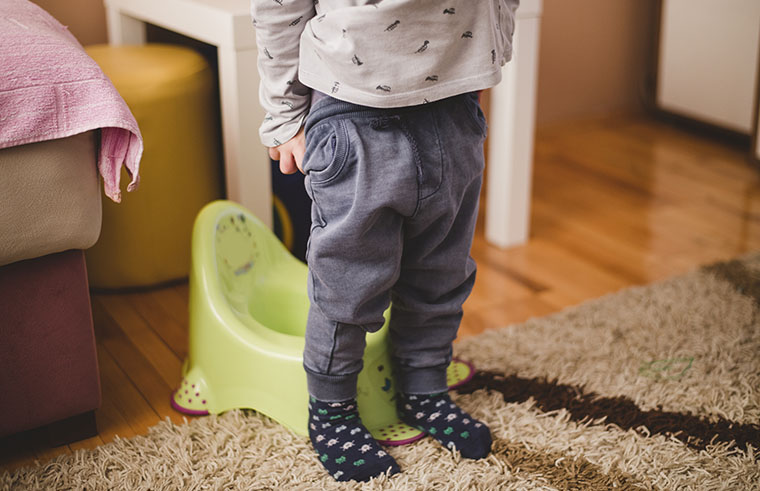
There’s an idea amongst parents that toilet training is a job best tackled when the sun is out and the weather is warm. Fair enough, but we say nu-uh to that. If your toddler is ready to train, you can get started any time – why wait?
Winter is a time when most families spend more time at home – often it’s cold and wet outdoors – so use wet days wisely to help your toddler learn to stay dry, and you’ll be nappy-free and ready to explore by the time spring weather rolls around.
Fire up the heater, slip some cosy socks on those tootsies, and get to it!
Winter toilet training tips
Sydney nanny Nancy Schroder has worked with children from newborns up to the age of 12 for more than 25 years as a qualified childhood educator, both in Australia and her home town in Canada – so she knows cold.
She tells Babyology the most important thing to remember is toilet training is a step best taken by children “at their own pace and when they are ready”.
“Siblings won’t necessarily all train at the same time, as in at the same age, and they won’t all take the same amount of time,” Nancy says.
“One could be trained in two weeks, another could be trained in three days. It all depends on the approach by their parent or guardian and the patience and time given to learn how to do it in a supportive way.”
Nancy says toilet training any time of the year is basically the same.
“Obviously it’s easier when it’s summer as kids can wear less and it is easier for them to sit on the toilet when they only have undies to pull down,” she says. “Coming from Canada, it’s cold there but I have never heard of anyone having worries about it being too cold to toilet train. The most important thing is to try when the child is ready no matter what season it is.”
Here are Nancy’s tried and tested tips to kickstart toilet training in winter.
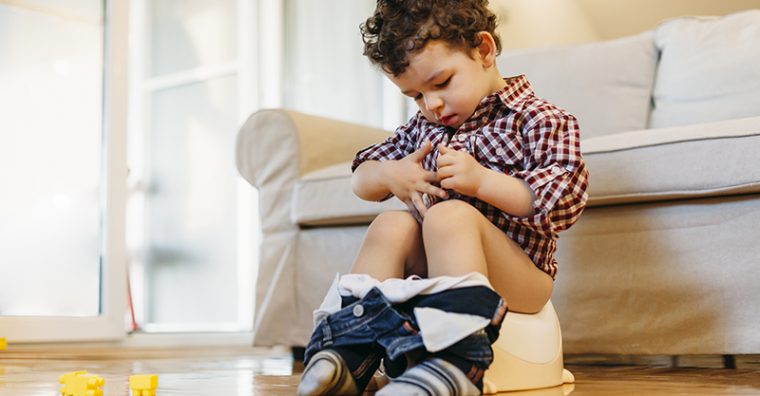
1. Look for the ‘ready to train’ signs
“Children show interest in many different ways. It could be wanting to sit on the toilet, or watch and copy when other siblings get to do exciting things like flush the toilet and wash their hands.”
2. Give them the words
“Reading books and looking at pictures is helpful to establish the language and behaviours that are needed to use words such as asking to use the toilet.”
3. Maintain a warm top half
“Wearing a warm jumper is best so that mostly at least the top is warm.” Socks help keep the bottom half warm too.
4. Keep clothing simple
“Getting some inexpensive tracksuit pants that have an elastic waist can be helpful because they are easy to pull down. Buttons and zippers on jeans and other pants make it too challenging for little ones.”
5. Set fun goals
“Sometimes children are more excited about the cool undies they get to wear if they are out of nappies. If that is something important and interesting to them, it is exciting to take them to the shops to choose which ones they like. Perhaps starting with plain coloured ones and moving on to the character ones could be something to work towards.”
So fire the heater up, Babyologists, and give it a go.
 Need some more toilet training advice? Our Parent School toilet training experts can help. Click to download our Toilet Training Support program or book a one-on-one session.
Need some more toilet training advice? Our Parent School toilet training experts can help. Click to download our Toilet Training Support program or book a one-on-one session.
